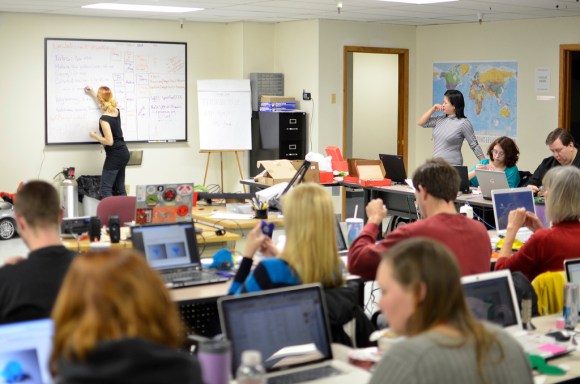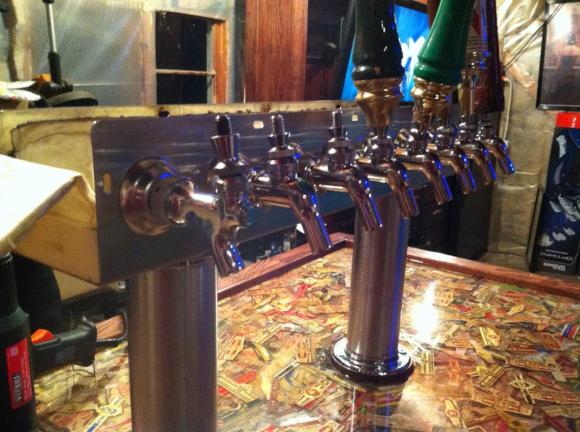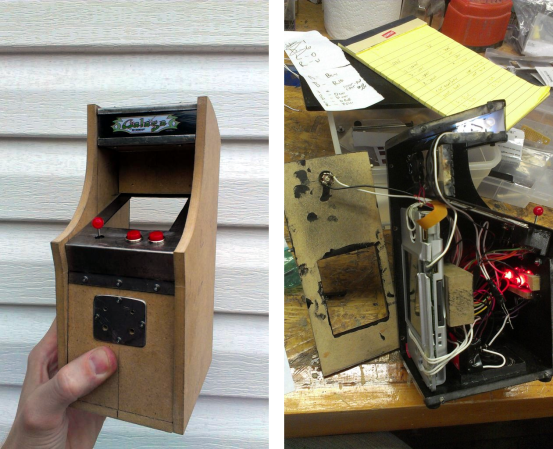
Tuesday was [Ada Lovelace] day and to recognize it SparkFun posted an article about women in their workforce and the STEM initiative. [Ada Lovelace] is credited with forging a path for women in mathematics and computing. The STEM acronym represents a movement to get more of America’s students into Science, Technology, Engineering, and Mathematics fields in order to keep up with the rest of the developed world. But part of the issue includes drastically increasing the interest of young women in these fields and their access to it. The thing is, I feel the same way about the community at Hackaday.
Obviously some of the biggest names in the hobby electronics and engineering enthusiast industry are women. The name that seems to top lists is always [Limor Fried] who you may know better as [Lady Ada]. She founded Adafruit industries. But there are couple of other notables that stick out in our minds. [Jeri Ellsworth] has been huge name around here forever. Just this week Hackaday was celebrating the Kickstarter for her latest project. [Becky Stern] has had a ton of awesome project featured, mostly in conjunction with her work at Adafruit but her knitting machine hack when she was with MAKE has always stuck out in our minds. And of course, there’s [Quinn Dunki] who has long been building her own 6502 computer from the ground up (Incidentally we’re running a Guest Rant from her at midday on Friday).
What I’m missing is the grass-roots hacks from women. I know they’re out there because I see them at monthly meetings at the local hackerspace. We featured [Caroline’s] bathymetric book, and [Robin]’s collaboration that produced solar powered supercap jewelry. Both are members of Sector67.
So I call for all Hackaday readers to make this a friendly environment for anyone who wants to participate. If you’re a female reader who has been lurking around rather than sending in links to your gnarly hacks please take the plunge and send us a tip! If your female friends have awesome projects, offer to help them document it for a feature. You may not have thought of it, but sharing your projects makes you a role model for young readers.
By trade I’m an orchestra musician — a field that was completely closed off to women until well into the last century. While gender equality hasn’t been reached in all orchestras, the Regional Orchestras I have and do play with, show equal representation of gender throughout. Let’s make the same thing happen with STEM!
















